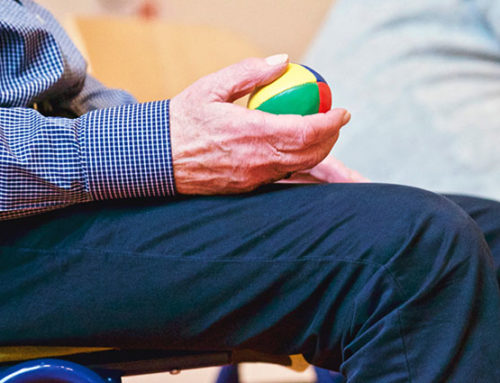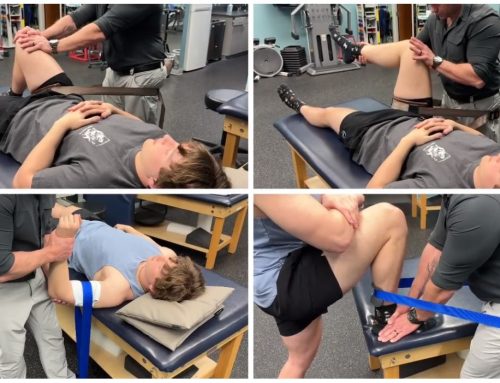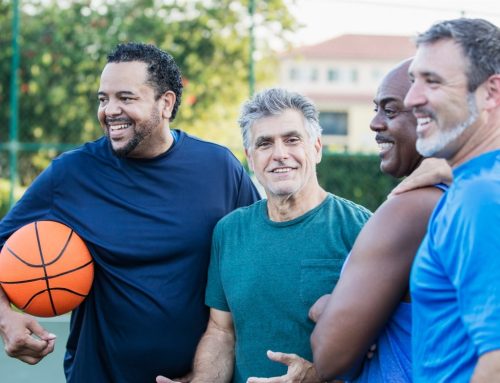A type of instrument-assisted soft tissue mobilization used for injury recovery, the Graston Technique is most commonly applied by chiropractors, massage therapists, occupational therapists, osteopathic physicians and physical therapists.
The technique was founded by an amateur water-skiing athlete who suffered a debilitating knee injury. Upset by the rehabilitation success rate after having surgery and conventional therapy, he consulted with healthcare professionals and used his professional background in machining to create the instruments. The technique was patented in 1994.
How does it work?
The Graston Technique is a manual therapy that uses stainless steel instruments to perform muscle mobilization. The tools are used in two ways:
- Practitioners move the instruments over the skin to find any muscle knots, fibrous tissue or scar tissue that can cause the patient pain or restrict movement.
- After identifying the muscle knot or tissue, practitioners use the tools to disperse it, which rehabilitates function and mobility.
To see significant results from the technique may take anywhere from six to 12 treatments. Your provider can tell you how long your treatments will last and how soon you will see improvements. It all depends on what condition you’re trying to treat, and how severe your symptoms are.
What are the benefits?
The benefits of using the Graston Technique include:
- Pain relief
- More mobility in soft tissue
- Fewer mobility restrictions in fibrous tissue
- Fewer muscle spasms
- Increased blood circulation to tissues
- Improved flexibility
What are the risks?
With benefits come risks. Unfortunately, not many of the benefits of this type of therapy have been subjected to rigorous scientific study. Instead, case reports or studies are performed on non-human tendons and tissue.
The risks of the Graston Technique include:
- Bruising of the skin where the treatment was performed
- Failure to provide relief
- Redness of the skin where the treatment was performed
- Spontaneous connective tissue release, which happens when scar tissue breaks away from healthy tissue
- Worsening of pain
For what types of conditions/ailments is the Graston Technique used?
Carpal tunnel syndrome is one of the many conditions the Graston Technique can be used on Carpal tunnel syndrome is a condition of the carpal tunnel, a narrow passageway of ligaments and bone that meets the median nerve and tendons. When the muscles and tendons are overused, the median nerve gets stuck in the tunnel, leading to numbness, weakness and pain in the hand and fingers.
A practitioner can use the Graston Technique to improve the mobility and tone of the muscles to lessen the irritation of the tendons in the tunnel.
Besides its use for carpal tunnel syndrome, the Graston Technique can also be used for:
- Ligament sprains, such as of the ankle, knee or wrist
- Myofascial pain, which can develop in any muscle in the body
- Other musculoskeletal imbalances, such as rotator cuff injuries or trigger finger
- Plantar fasciitis, which is inflammation of the tissue that connects the toes to the heel bone
- Scar tissue caused by surgery or trauma
- Tendonitis, which occurs when a tendon is inflamed
The Graston Technique and other physical therapy treatments
The Cary Orthopaedics physical therapy team uses a wide range of treatments to help patients gain back their mobility, including the Graston Technique. If you have any of these conditions and would like to know more about treatment options, our physical therapy offices would be more than happy to help. Contact us today to schedule an appointment.






